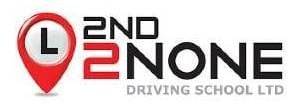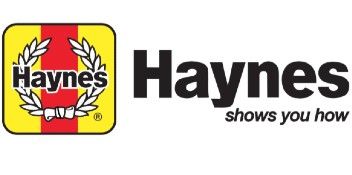A guide to Basic Car Maintenance
Its important that all drivers have at least a basic understanding of how to make sure their vehicle is road worthy and safe. Long term good maintenance can also save you a lot of money bt helping you to avoid breakdowns
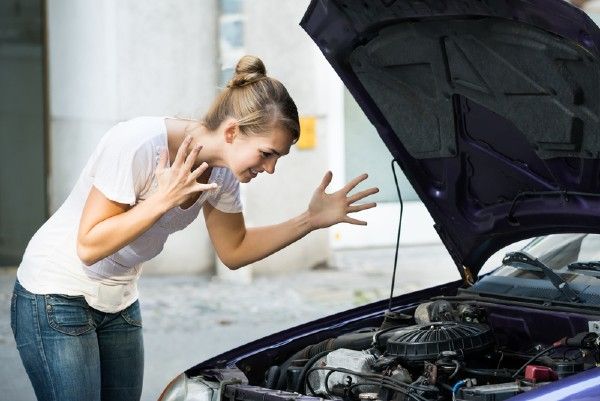
Vehicle Tyre Checks
Checking your vehicle tyres has to be one of easiest and most vital aspects of regular car maintenance, remember your tyres are what kepp your car in contact with the road and their condition can make a massive difference to your vehicles handling and stopping distance.
You should check your cars regularly for any cracks or buldges as these if go unoticed can lead to blow outs at high speed. Your tyres should also have a minimum tread depth of 1.6mm across the central 3/4 of the tyre and around the entire outer circumfrence.
Most car tyres have tread wear indicators, usually six small ribs across the bottom of the main tread grooves. When the tread surface becomes level with these ribs the tyre is at the legal limit and must be replaced.
Find out more about the different types of car tyres available here
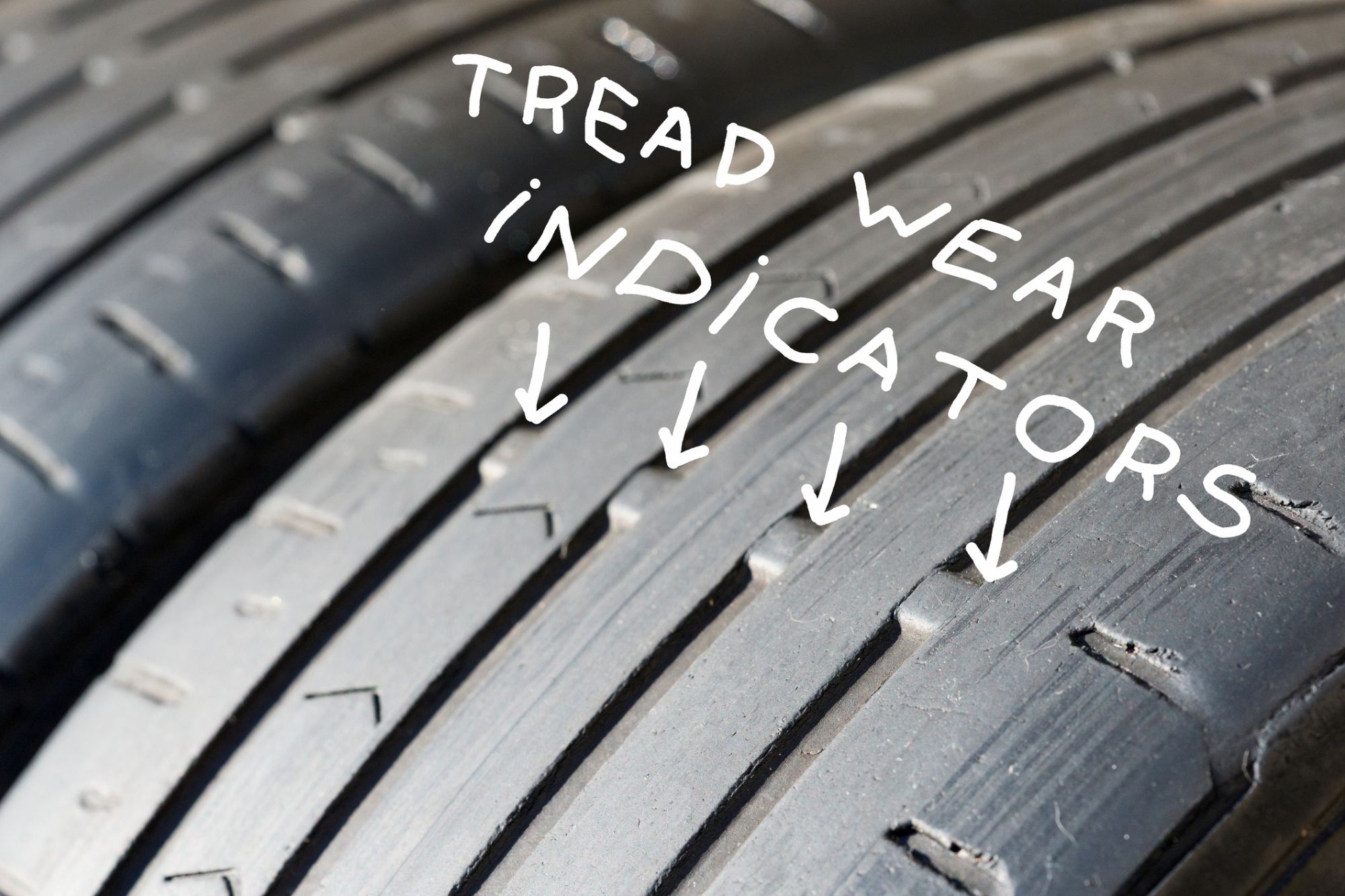
Tyre Pressure:
Another important thing to check regulary is your trye pressures. Correct tyre pressures results in optimised braking, handling, grip and fuel efficiency where as low tyre pressure will increase your car's fuel consumption, shorten the life of the tyre and increase risk of tyre failure. High tyre pressure will cause diminished grip, reduce stability in braking and cornering and increase the risk of impact tyre damage.
You should check your tyre pressures including your spare often, ideally once a week, but its important to remember to check your tyre pressures only when your tyres are cold as hot tyres will cause the air in them to expand and give you a false reading of the tyre pressure
The correct tyre pressure for your particular car will be listed in the owner's manual and/or on a placard mounted on the car. The correct tyre pressure will relate to the load the car is carrying - the higher the load the higher the pressure.
Changing a Wheel
- Make sure it is safe to change the wheel
- Remove the spare wheel, wrench and jack from the boot of your car.
- Making sure the handbrake is on put the car into first gear (park for an automatic). Refer to your car's user manual to find where the jacking point is.
- Making sure the jack is on firm ground attach the jack then use it to lift the car up just above the ground.
- Remove the wheel nuts
- Remove the wheel
- Fit the spare wheel, tighten the wheel nuts then lower the jack.
- Go to the nearest garage and get your damaged tyre fixed or replaced.
Checking your oil level
To check the engine oil levels:
- Make sure the engine is cold and the car is on level ground.
- Remove the dipstick and wipe it clean with a cloth. Reinsert it fully, pull it out again and check that the oil mark is between the "F" and "L" marks.
- If the oil is below the "L" mark then you will need to add more oil. To do so-
- Find the oil filler cap, usually found on the top of the engine and marked 'oil'. Unscrew this carefully and place to one side.
- Pour in a small amount of new oil and recheck the level with the dipstick. If needed repeat until you have the correct oil level.
If the oil does need topping up then you should make sure you use the correct oil, the same as what is already in the engine. Your owner's manual should give you full instructions. If you don't know which specific oil to use then you can use high quality general engine oil such as Castrol.
Checking your engine coolant level
Checking your brake fluid level
Checking your lights are working
Dashboard warning lights
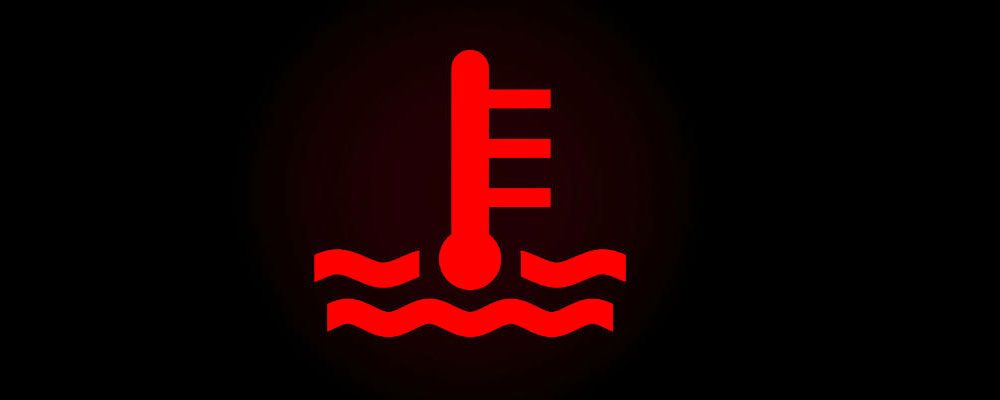
Engine Temperture
Indicator light means the engine temperature has exceeded normal limits. Check coolant level, fan operation, radiator cap, coolant leaks.
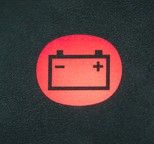
Battery Charging
Indicator light means that the car’s charging system is short of power or is not charging properly. It normally indicates a problem with the battery itself or the alternator.
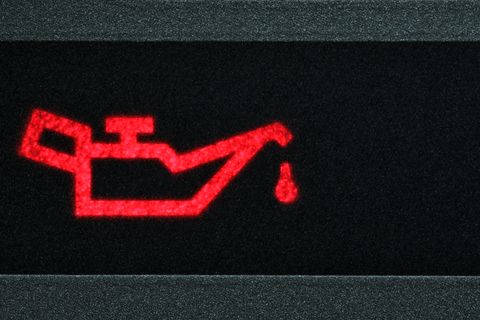
Oil Pressure
Indicator light means loss of oil pressure, meaning lubrication is low or lost completely. Immediately check the oil level and pressure.
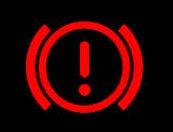
Brake Warning
Indicator light turns on when the handbrake is on. If it lit continuously, it means that hydraulic pressure has been lost in one side of the brake system or that the fluid level in the master cylinder is dangerously low.
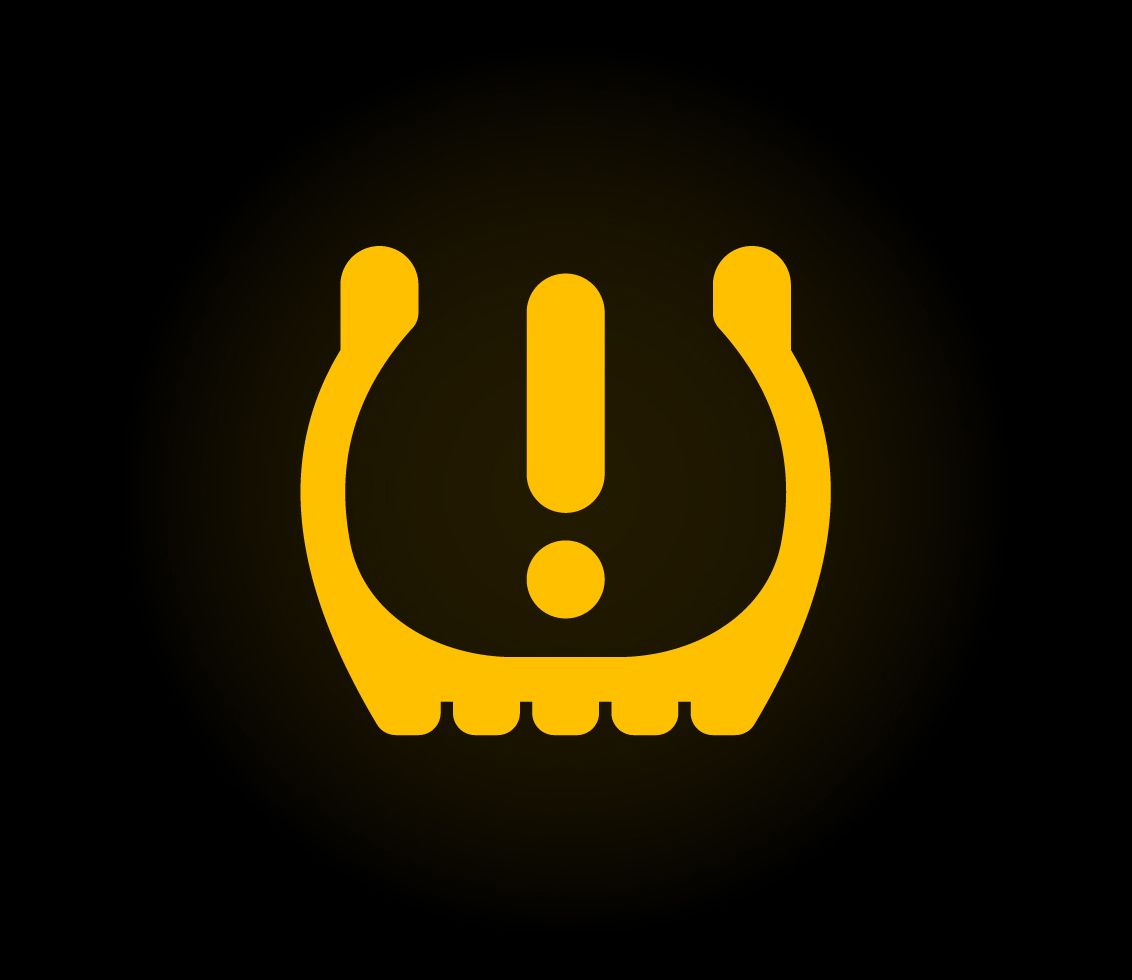
Tyre Pressure
Indicator light means the pressure is low in one of your tires.
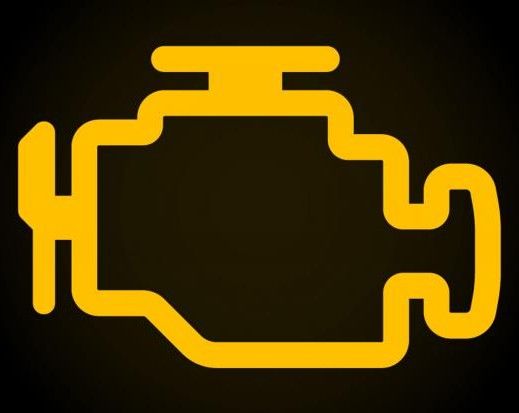
Engine Management
Indicator light turns on whenever the engine is turned on to check the bulb. If the light stays illuminated, the car’s diagnostic systems have detected a malfunction that needs to be investigated.
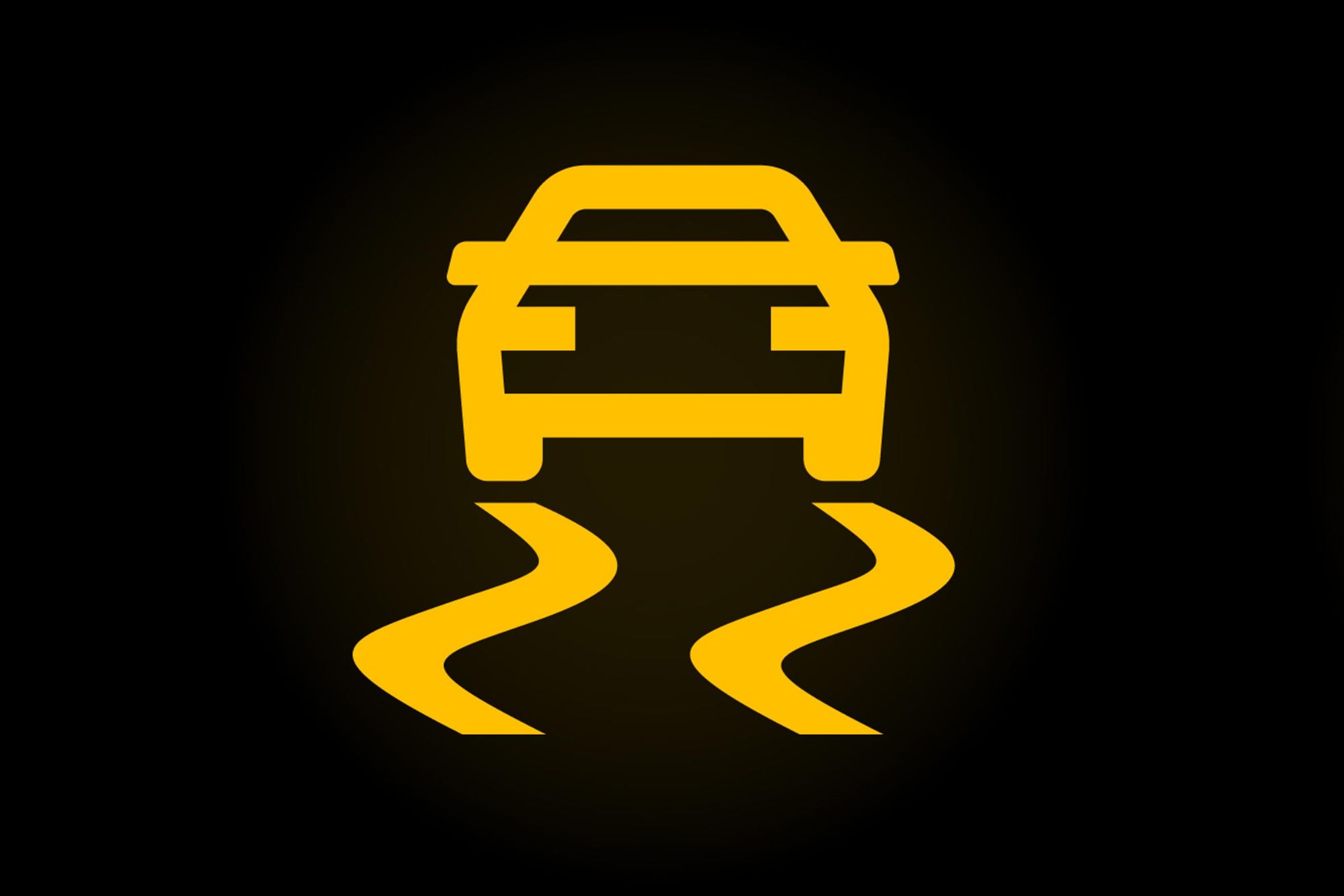
Traction Control
Indicator light means that the vehicles TCS (traction control system) has been deactivated.
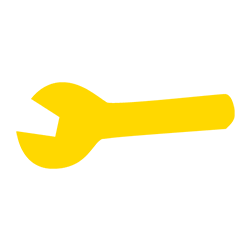
Service
Indicator light turns on when there is a fault condition in an area of the vehicle chassis systems.
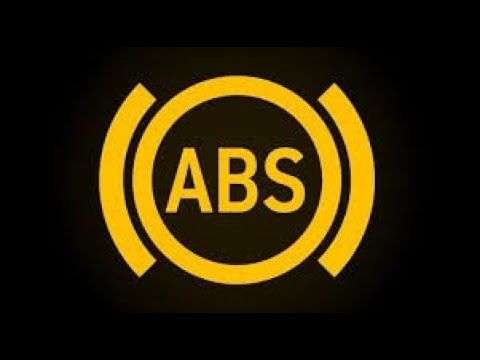
ABS
Indicator light means there may be a malfunction in the ABS system.
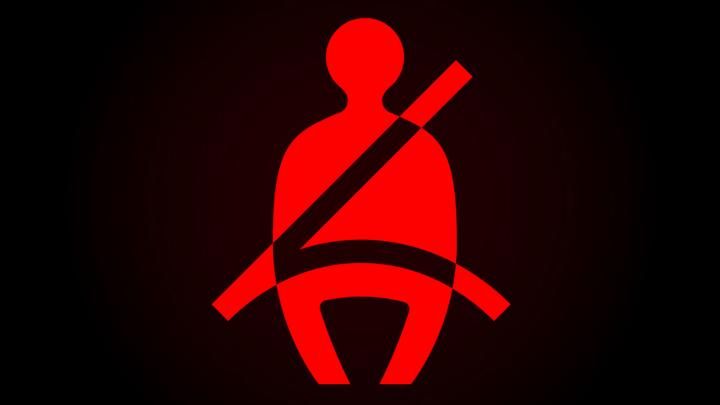
Seat Belt Indicator
Indicator light means that a seat belt has not been secured for a passenger in the vehicle.
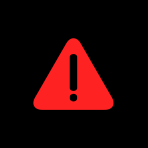
Master Warning
Indicator light usually accompanied by another warning light and indicates that one or more warning systems have been detected.

Icy Road
Indicator light turns on when the outside air starts to reach freezing temperatures, around 35°F or 3°C.
